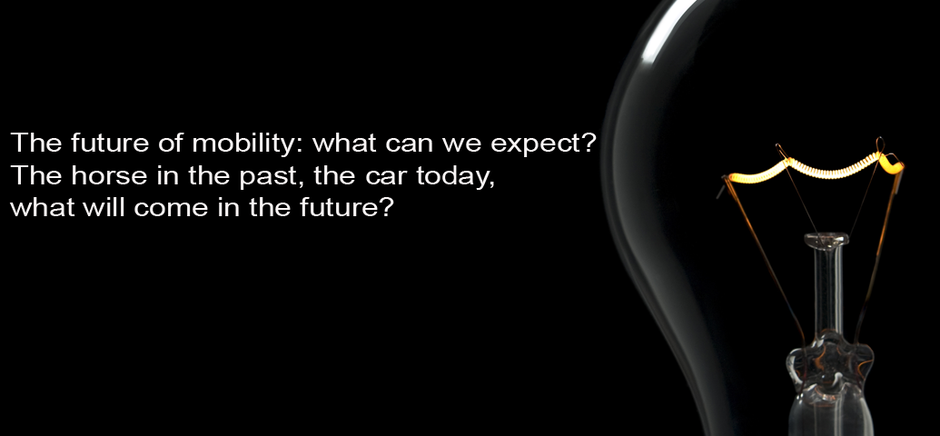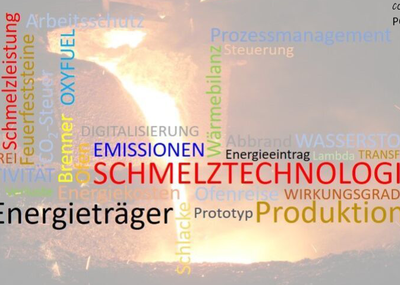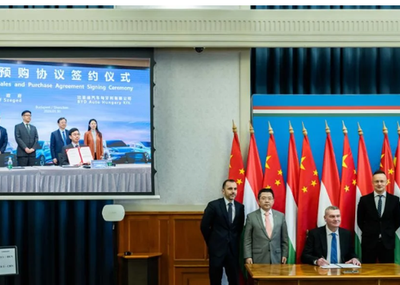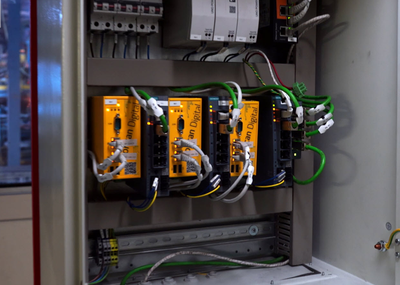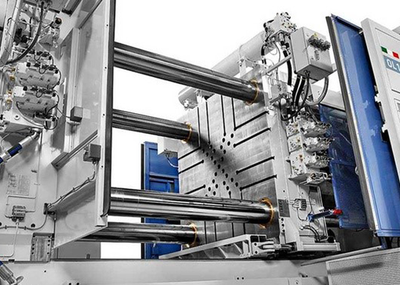Climate change, the coronavirus pandemic and rising prices for electricity, oil, etc. are causing society to rethink the issue of mobility. Do we still need our own car in cities? And is it worth switching to an electric drive? These are just some of the questions that more and more people are asking themselves when it comes to the future of mobility.
The lessons of the pandemic
The coronavirus pandemic has shown more than clearly how important mobility is for companies and people. Disrupted supply chains and bottlenecks due to travel bans are just two examples of the consequences that restrictions on mobility can have.
On the other hand, the pandemic has also shown that less mobility leads to lower CO2 emissions. In view of climate change, mobility must therefore be rethought. The coronavirus has certainly accelerated this change. This applies in particular to mobility in cities.
This is because loud traffic and harmful exhaust fumes make life less worth living. The deconstruction of car-centred cities is intended to change this. Roads and car parks are increasingly being converted into public spaces, cycle paths and pavements are being expanded and local public transport is being reprioritised.
Getting mobile together with shared mobility
The range of shared mobility options is also growing. Whether cars, cargo bikes or scooters - residents in cities can already borrow a wide variety of vehicles for a certain period of time. This can make owning a car or scooter less relevant.
Shared mobility also changes the use of space. If people no longer own their own cars, fewer parking spaces will be needed. At the same time, inner-city car traffic calms down, while more space can be created for cyclists and pedestrians. One advantage of this effect is that the urban landscape of the future can be transformed and bring more life to central locations.
Into the post-fossil age with e-mobility
The use of non-fossil fuels can be a milestone in the development of people-centred cities. E-mobility is currently one of the first alternatives. Norway, the UK and even China, just like Germany, only want to authorise environmentally friendly vehicles in the future. The end of combustion engines is therefore more or less sealed and e-mobility can become the primary drive system.
E-mobility not only means emission-free, but also quieter. People in the city in particular can benefit from this. After all, e-cars mean less noise pollution and fewer harmful exhaust fumes.
And even if the technology is not yet perfect, it is already improving people's quality of life and opening up new growth opportunities for companies and the economy. Providers of traditional mobility, such as car manufacturers, airlines and railway operators, will feel the effects of this new self-image the most.
They will have to adapt - or will reactively feel the effects. In particular, services relating to connected driving and the provision of intelligent charging infrastructures, including billing models, will be in greater demand in the future and mobility will increasingly become a seamless service thanks to numerous apps and offers.
Coopetition instead of competition
In order for electromobility to establish itself as a comprehensive model for the future, the individual players need to work together. This is where the concept of coopetition comes into play. This involves large and small companies entering into a competition for co-operation. Partnerships between car manufacturers and other mobility companies should become the new normal. The aim is to jointly drive forward sustainable concepts, innovative technologies and green business models.
Instead of compartmentalisation and maximising profits, what counts for the mobility of the future is an open market with added value for customers. The industry must open up both internally and externally in order to exploit potential and minimise risks.
With e-mobility, a megatrend is currently shaking up the entire market, also fuelled by political guidelines. While this at least gives us a rough idea of the direction we are heading in, the future of mobility remains exciting.
Source: https://www.pressebox.de

